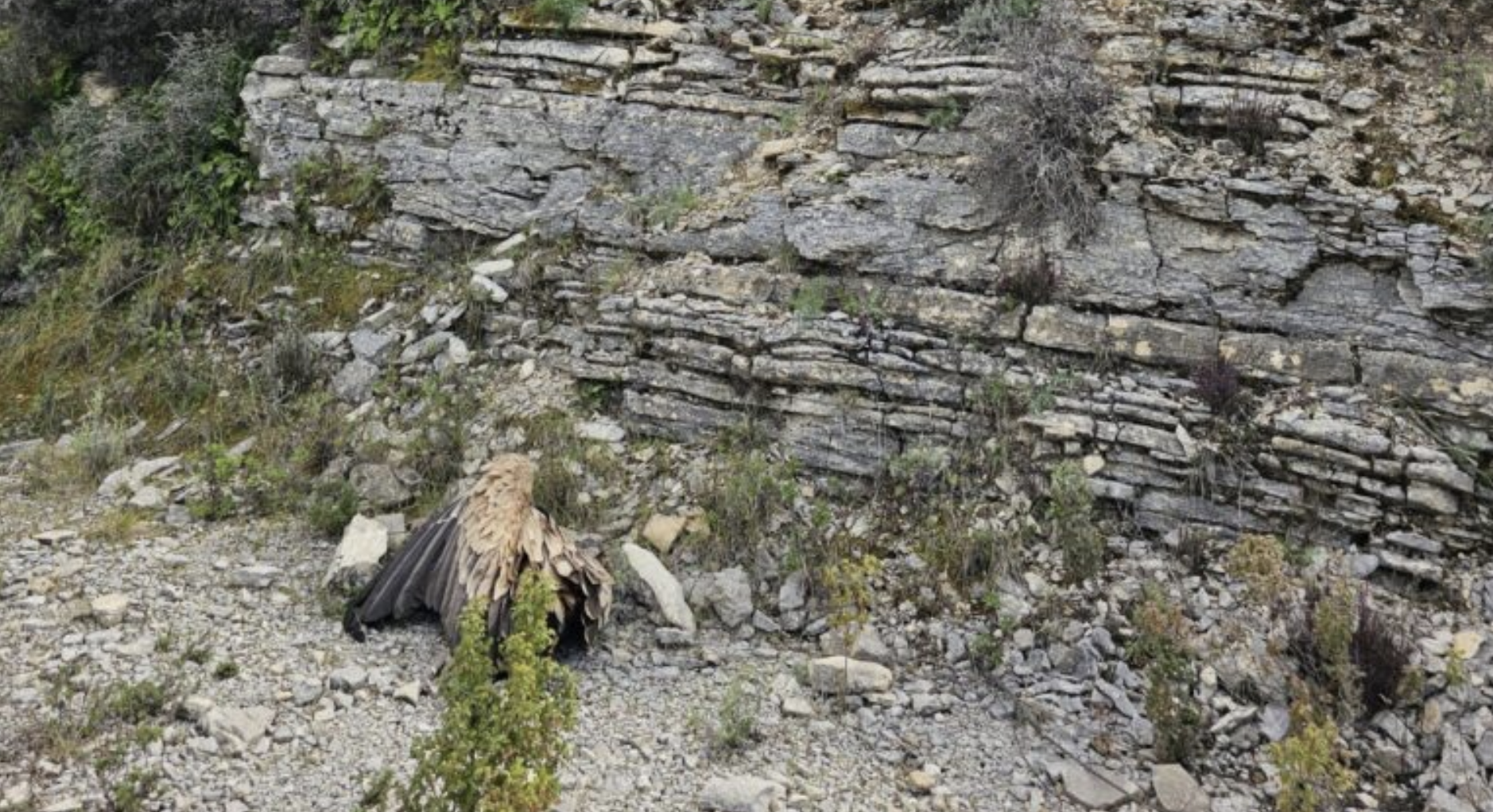
The eleventh annual Griffon Vulture Census across the Alps, coordinated by Envergures Alpines, shows an increase in the number of Griffon Vultures in the study area, with the highest ever record of individuals observed since the start of the count in 2010.
Griffon Vultures in the Alps
With the exception of small colonies in Austria and Italy, Griffon Vultures have been absent from the Alps for decades. As part of the French national action plan for Griffon Vultures, a programme began in the 1990s to reintroduce the species to Pre-Alps (Baronnies, Vercors and Verdon) and the Grands Causses. Today the population is firmly re-established in the regions and is a part of the important corridor that connects the western populations in the Pyrenees, Spain and Portugal with the eastern populations in the Balkans.
The Alps is also a regular summering destination for young Griffon Vultures from both the western and eastern populations. The Iberian Peninsula is home to the largest population of Griffon Vultures in Europe, and during the first couple of years after fledging their nests, their wanderings take them to the Alps. During the summer months, the birds take advantage of the ideal foraging conditions there, when many livestock go up to the summer alpages, and there is plenty of food. In the last few years, a regular pendulum movement between Iberia, southern France and the pre-Alps has appeared, leading to a summering seasonal population of non-breeding Griffon Vultures, particularly in the westernmost Alps (France-Italy).
The Annual Griffon Vulture Count

Each summer since 2010, through the cooperation of national and natural parks, ornithological associations and other partners, Griffon Vultures summering in the Alps have been surveyed with a simultaneous count in August when the birds are most active in the mountains before they disperse from the area.
This year, on 22 August 2020, 318 volunteers and staff spread across the Alps in 116 observation stations to observe this species. The count recorded a total of 2780 Griffon Vulture individuals, compared to 2312 in 2019, 1873 in 2018, 2459 in 2017, 1732 in 2015 and 1682 in 2014. In addition to the Griffon Vultures, the observers counted 17 Cinereous Vultures, 27 Bearded Vultures and four Egyptian Vultures.
The results of this 2020 survey indicate that the distribution of the Griffon Vultures remains highly dependent on the food supply. The availability of carcasses (mainly from domestic livestock on mountain pastures) attracts the summering birds in regions like in Savoy, the borders of Isère and Hautes-Alpes and the Southern Alps. Of course, the numbers of birds on the breeding sites remain significant with 179 birds in Vercors, 276 in Baronnies and 261 in Verdon. There is also a reasonably steady evolution towards the north (> 500 individuals in Savoie, 134 in Switzerland) and eastwards (167 individuals in Italy). It will be interesting in the future to extend the scheme to these regions to observe
a possible continuation of the summer colonisation of certain regions.
This is a great effort by everyone involved and fantastic to see the continued return of the species to the Alps.
Well done to all the volunteers, and to the fantastic work done by Envergures Alpines in coordinating the effort.



